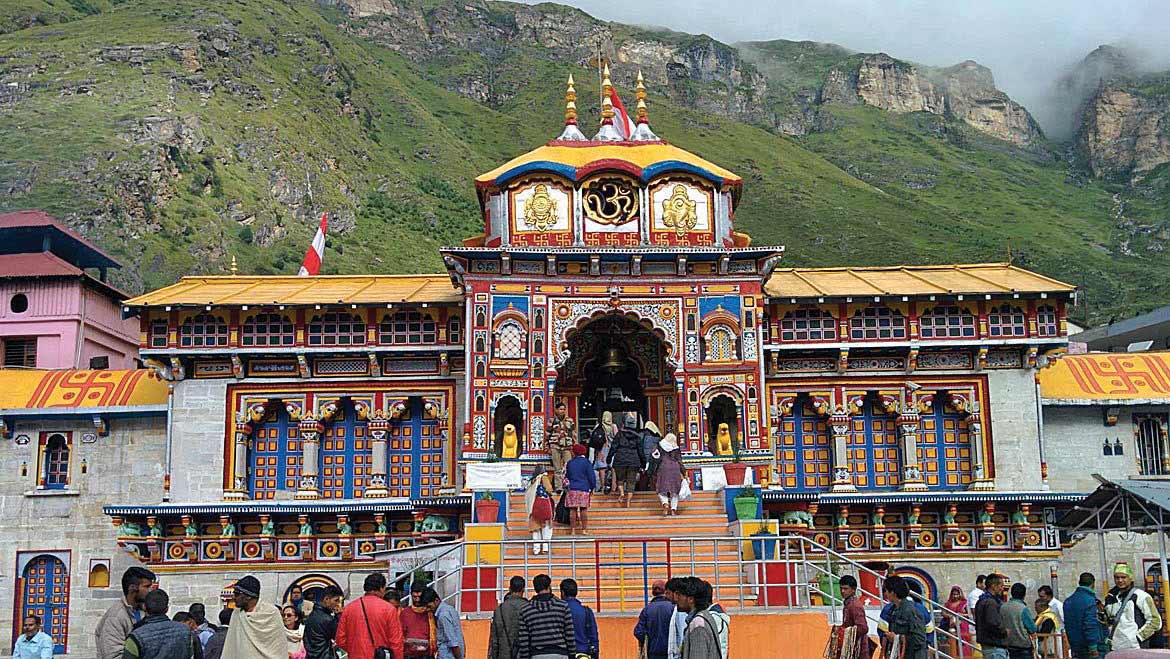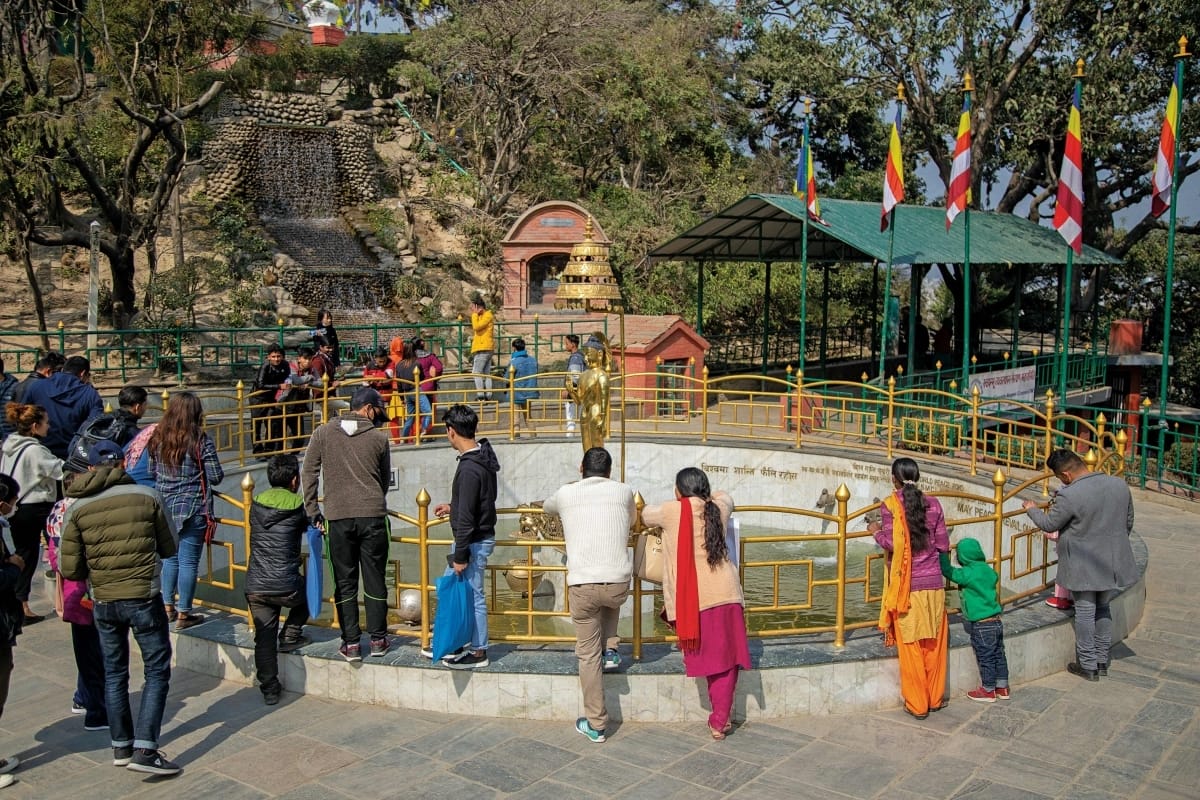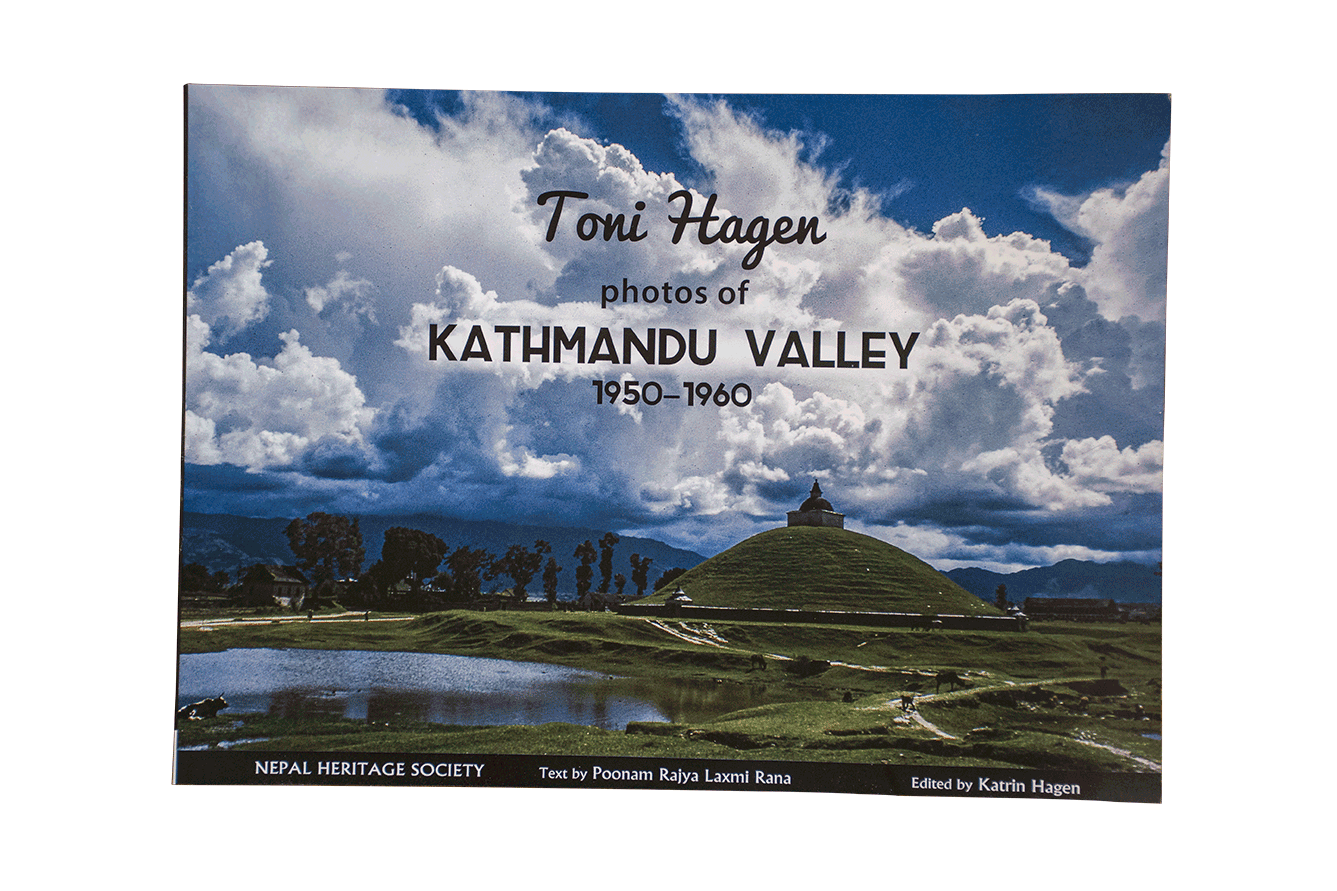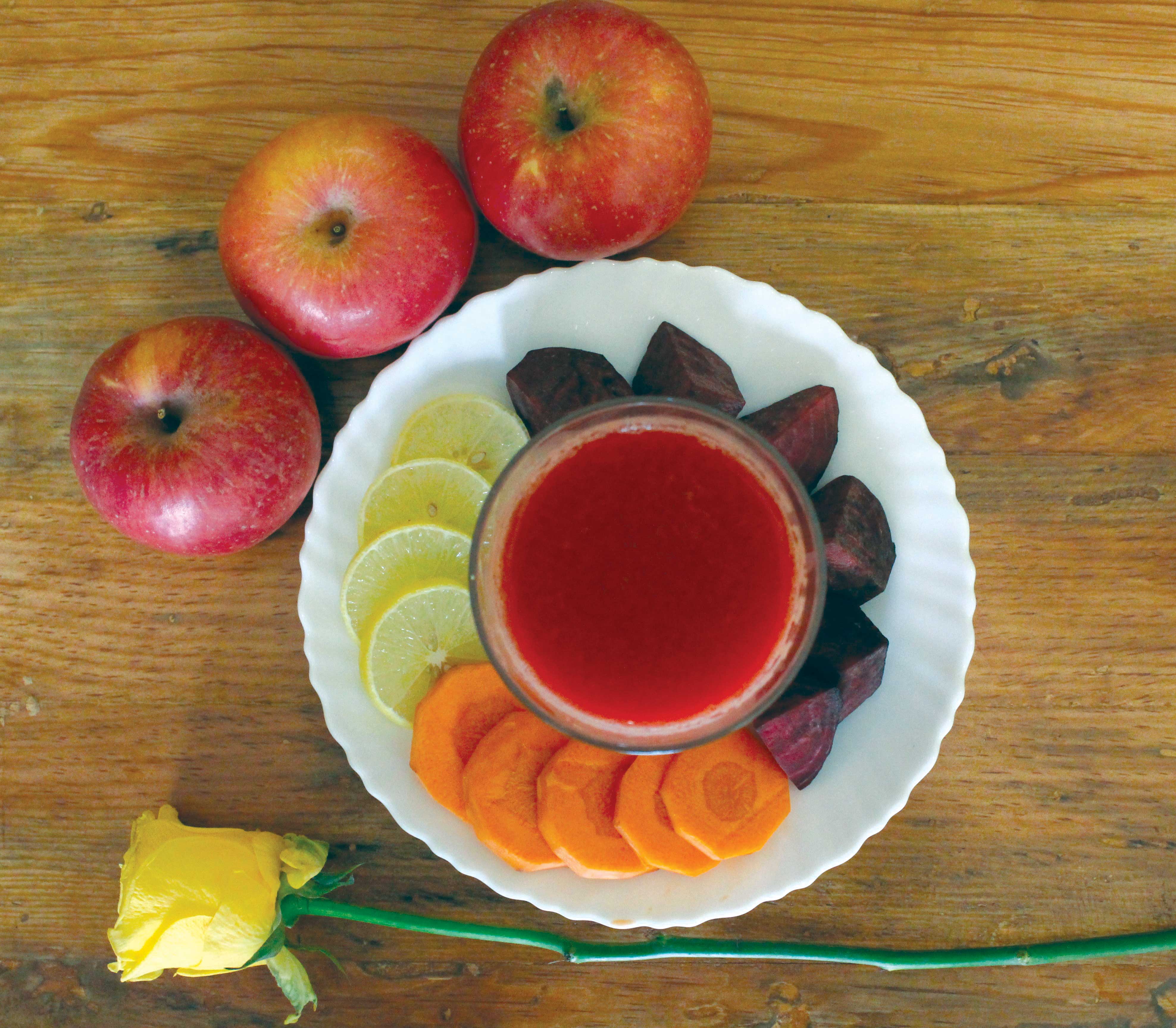
I first heard of Bandipur from my sister-in-law about twenty years ago. “It’s a beau-
tiful place,” she used to tell me. The road being rough then, only Landrovers made it up there. Yes, Bandipur Bazaar (1,030m) sits atop a solid rock rising 500 meters above the Marshyangdi valley.
Today, things have changed and a blacktopped road takes you all the way. Twenty of us, mostly journalists and photographers, set out from Kathmandu at 8:30am and reached Dumre (143km west of Kathamandu) around 12:30pm. There we turned left and headed up what I was tempted to call ‘the long and winding road’ except that it wasn’t long, just winding. By 1pm we were at the surprisingly large Tundikhel overlooking the huge expanse of the Marshyangdi valley with a backdrop of the Himalayas. The turquoise Marshyangdi meanders like a giant serpent. The view is astoundingly beautiful. It’s a straight drop to the Prithvi Highway on the valley below. Feasting our eyes on the mountain ranges of the Annapurna, Manaslu, Dhaulagiri and Ganesh Himal, we headed to the Bandipur Mountain Resort beside the Tundikhel.
After lunch, we were off for a walk that took us to the Khadga Devi Mandir (temple) built in 1819. An ancient sword that belonged to Mukunda Sen, who once ruled here, is kept in the inner sanctum and is displayed once a year during the Khadga Jatra (festival) in October. The Newars who immigrated here from Bhaktapur (supposedly after Prithvi Narayan Shah invaded the Kathmandu valley) also brought the Bisket Jatra here, which is celebrated in April.
Our destination of the day was Gurungche Danda, the top of a hill or rock rather, with a small shrine. The shrine however, was not the attraction, but the spectacular sunset we were about to behold. The climb was steep, but rewarding, with a great view of the mountains. At sunset, the sun appeared to melt away, painting the sky in different hues of red and yellow.
Walking back through the small bazaar we came across the pagoda style Bindhebasini temple built in 1918, and the famous Old Inn, an hotel that retains the local architecture. We were to have breakfast here the following morning. Back in the Mountain Resort, we relaxed in the spacious immaculate rooms, which open out to the balcony with yet more views of the snowy peaks.
Early the next morning, I took off on my own for the hill. The skies were clearer at 6:30 am than the previous day, so I hurried up the steps and took some pictures as I knew the clouds would soon be coming up to obscure the mountains. On the way back to the Old Inn for breakfast, I climbed up to the terrace of an ex-British army soldier’s house to capture Bandipur Bazaar on film. Originally inhabited by Magars, Bandipur has witnessed a major change as Newars slowly outnumbered the local residents. But today, it’s the Gurung ex-servicemen who have moved in as the Newars are leaving for greener pastures in search of business ventures. “The Gurungs are slowly dominating the Bandipur population, replacing the Newars,” said the guide. The very well known Ghantu dance of the Gurungs can be observed here from time to time.
After breakfast, we headed down the rock face towards the famous Siddha Cave. It was tough going down the narrow steps that were wet as the winter sun stays south of the hill. After an hour of careful treading, we finally reached the mouth of the cave where the guide distributed headlamps and led us in. The cave is massive, rising 64m up and stretching 220m inwards. The paths are treacherous, which adds to the adventure, but a fall can be quite serious. The stalagmites and stalactites stand like works of art and one that resembles a crown has been aptly named “Shripech”. There are those that look like plants reaching up to the ceiling. The cave is located 1,016m above the highway where a small settlement called Bimal Nagar is the starting point. Here you will also find a well- established restaurant if you’ve worked up an appetite.
Bandipur Eco-Cultural Tourism Project (BECTP) has been in the forefront of developing and promoting Bandipur. “Our project made the steps leading to the cave and we also did the fence that you see in Tundikhel, besides the places where people can sit around. In the bazaar, we are renovating old buildings and one of them will house the Tourist Information Center,” informs Pawan Chitrakar, the tourism officer of the BECTP.
If you haven’t visited Bandipur, I don’t know what you’re waiting for. As for me, I left a piece of my heart there, and know I’ll be going there again someday.
Facts about Bandipur: It’s a 4 ½ hr drive from Kathmandu on the way to Pokhara.Paragliders take off from the hill above Bandipur.
Nature walks are arranged and visitors can also trek through Magar villages that are known for their unique round houses.
The entry fee for the Siddha Cave is NRs 20/- for foreigners and NRs 5/- for Nepalis. Tickets can be bought at Bimal Nagar. Headlamps can be hired for NRs 20/-. Guides are also available.
For details: bectp@bandipurtourism.com
Website: www.bandipurtourism.com









